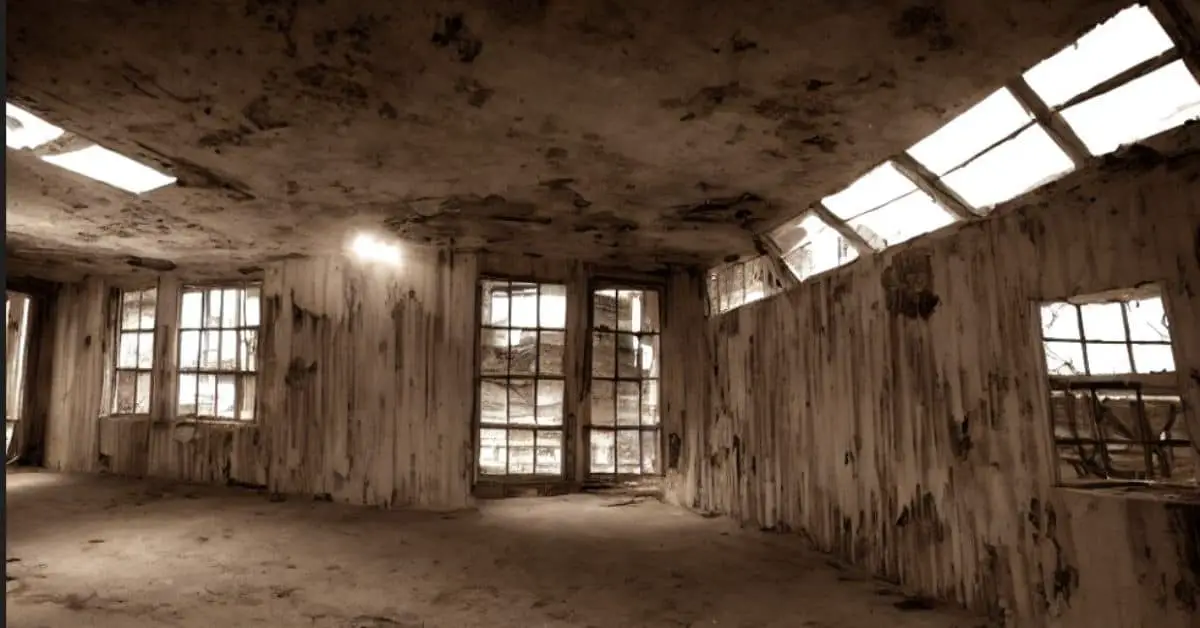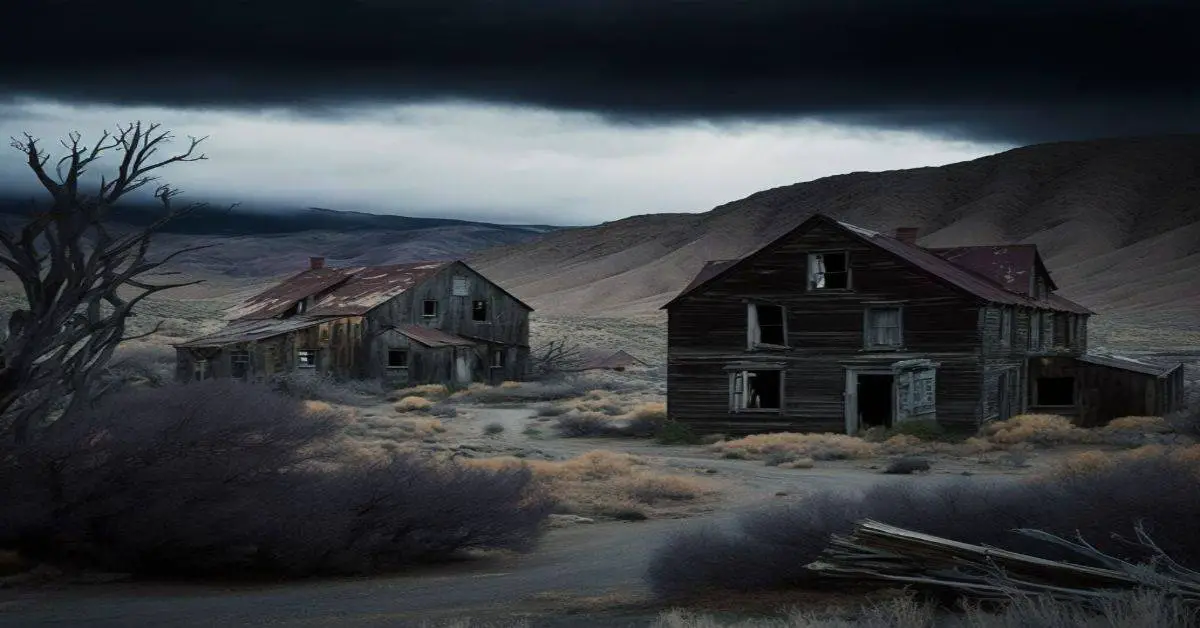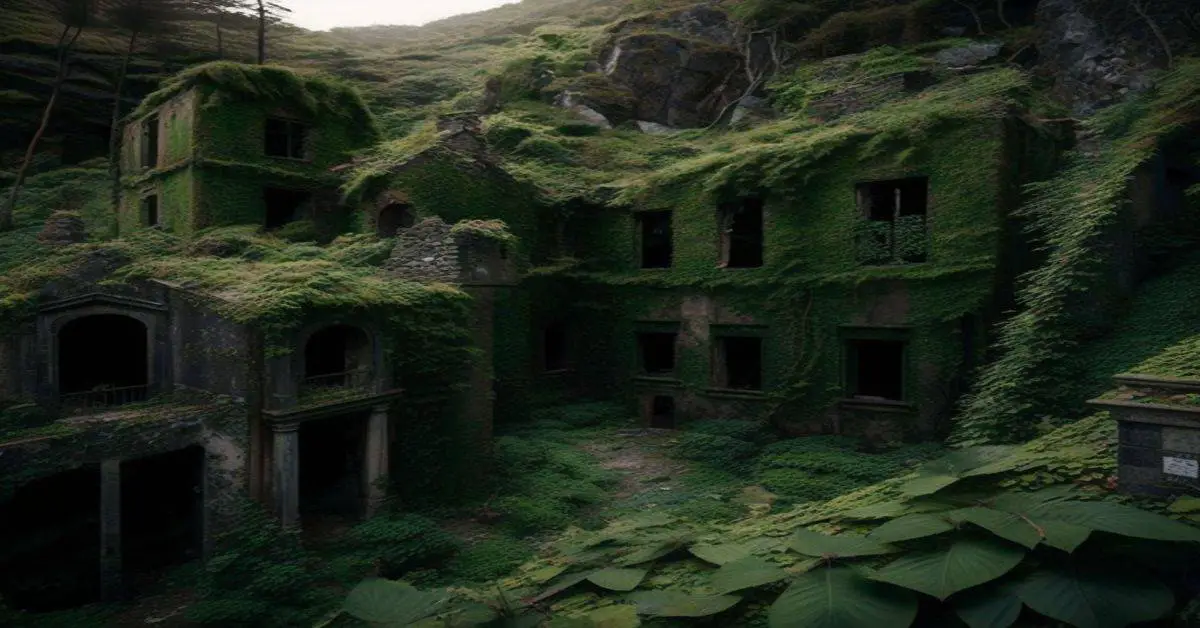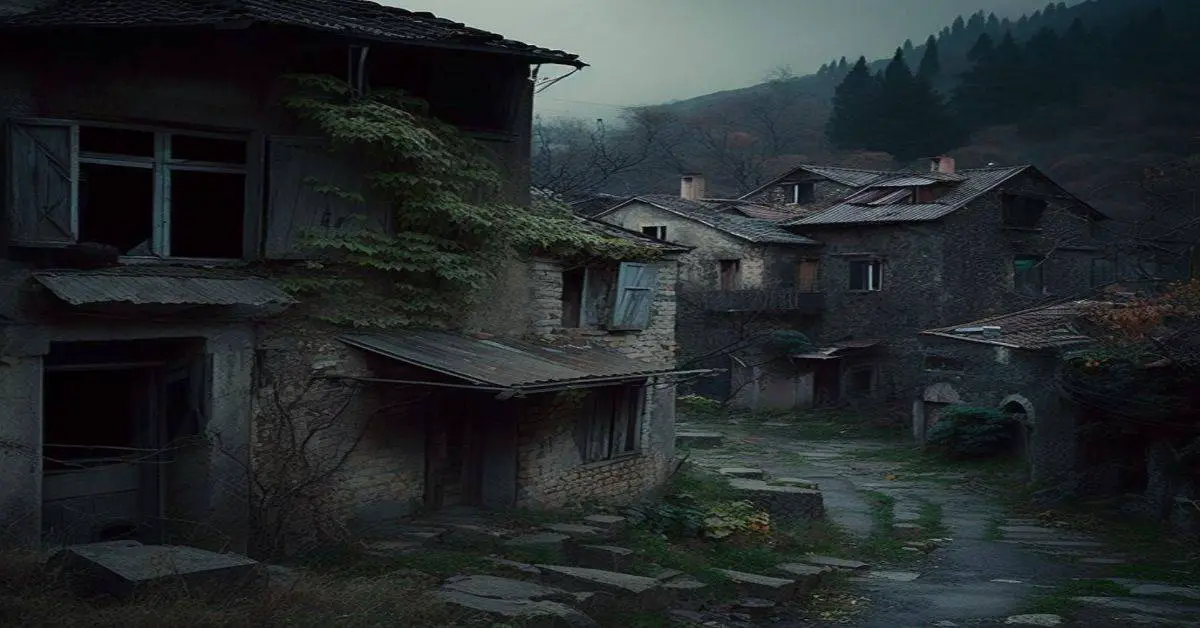St Thomas Nevada Ghost Town, located in the heart of Lake Mead National Recreation Area, has a fascinating history that dates back to the early days of Mormon settlers. Today, the fluctuating water levels of Lake Mead have revealed the remnants of this once-thriving community, offering visitors a unique glimpse into the past.
This article will explore the captivating history of St Thomas, Nevada, Ghost Town and its reemergence from the depths of Lake Mead.
Early Settlement and Abandonment
Founding by Mormon Settlers
The area that would become St Thomas Nevada Ghost Town was initially inhabited by Ancestral Puebloans and Basket-Makers, who cultivated crops such as maize, beans, and other plants in the region.
However, it was not until 1865 that Mormon settlers from The Church of Jesus Christ of Latter-day Saints established the town of St. Thomas, believing they were within the borders of Utah or Arizona.
Thomas S. Smith led the pioneers to develop farms and businesses in the area, attracting a peak population of around 500 residents.
Taxation and Abandonment
In 1871, the state of Nevada discovered that St. Thomas was within its borders and demanded back taxes from the residents, including payments for the previous five years. The Mormon settlers refused to comply, voting to abandon the town and relocate to Salt Lake City.
Most of the settlers burned their homes and left their crops, with only the Bonelli family choosing to stay in the area.
A Rebirth and the Inevitable Inundation
New Settlers
After its initial abandonment, St Thomas Nevada Ghost Town saw a resurgence of settlers in the 1880s, as more Mormon families moved into the area. The town experienced growth, establishing a church, post office, school, and grocery stores.
Although the town lacked indoor plumbing and electricity, residents enjoyed a simple and enchanted life.
Hoover Dam and the Creation of Lake Mead
President Calvin Coolidge signed the Boulder Dam Act in 1928, paving the way for the construction of Hoover Dam. This massive project resulted in the creation of Lake Mead, whose rising waters would eventually submerge St Thomas, Nevada, Ghost Town.
As the water levels increased, residents were forced to abandon their homes for a second time. In 1938, Hugh Lord, one of the last remaining inhabitants, rowed away from his home as the waters reached his front door.
The Reemergence of St Thomas Nevada Ghost Town
Fluctuating Water Levels
Due to severe drought conditions and the lowering water levels of Lake Mead, St Thomas, Nevada, has reemerged from the depths several times since its initial submersion.
The ghost town revealed itself in 1945, 1963, and 2012, allowing for reunions of former residents and their descendants. Today, St Thomas Nevada Ghost Town is still visible, and visitors can explore the roads and trails that once formed this bustling Wild West community.
Ruins and Remnants
The ghost town of St Thomas, Nevada, now consists of building foundations, metal artifacts, and other remnants of the past. Visitors can walk through the town, observing the traces of homes, businesses, and the lives that once thrived in this historic settlement.
The National Park Service maintains the site and offers a unique opportunity to step back in time and experience the history of St Thomas Nevada Ghost Town.
“Today, remnants of the town can now be seen thanks to the lowering water levels of Lake Mead, which is due to severe drought conditions. Once the town was flooded higher than 60 feet above the tallest structure, now visitors can roam the ghost remains of a true western town. St. Thomas lies in the northern part of the park near the Overton Arm along the Muddy River, which feeds into Lake Mead. The access road is dirt and sometimes bumpy so visitors with low riding vehicles may want to be careful. However most vehicles should be able to handle the approximately three mile dirt road. There is a dirt trail leading to the town site from the parking area.”
https://www.nps.gov/lake/learn/nature/st-thomas-nevada.htm
Exploring St Thomas Nevada Ghost Town
Location and Access
Situated in the northern part of Lake Mead National Recreation Area, St Thomas Nevada Ghost Town is accessible via a three-mile dirt road off Old St. Thomas Road. Visitors should exercise caution, as the road can be bumpy and unsuitable for low-riding vehicles.
Once at the parking area, a 2.5-mile loop trail leads to the town site.
Visiting the Site
As visitors explore the ruins of St Thomas, Nevada, Ghost Town, they can immerse themselves in the history and stories of this once-vibrant community.
Interpretive signage and displays provide information about the town’s history, its inhabitants, and the forces that led to its eventual abandonment and submersion.
Nearby Attractions
In addition to St Thomas Nevada Ghost Town, the surrounding area offers several other attractions for visitors to explore. The Lost City Museum in Overton showcases artifacts and displays from the Ancestral Puebloan settlement that Lake Mead also flooded.
The town of Overton also features a relocated cemetery, where the graves of St Thomas residents were moved before the waters of Lake Mead submerged the town.
The Legacy of St Thomas Nevada Ghost Town
St Thomas Nevada Ghost Town stands as a testament to the resilience and adaptability of the human spirit. Despite numerous challenges, including harsh environmental conditions, taxation disputes, and the eventual submersion of their town, the inhabitants of St Thomas, Nevada, persevered and left a lasting legacy.
Today, as the ruins of St Thomas Nevada Ghost Town reemerge from the depths of Lake Mead, visitors can connect with the stories and history of this once-thriving community.
As the waters continue to ebb and flow, the town serves as a striking reminder of the power of nature and the indomitable spirit of those who called St Thomas, Nevada, home.
In Popular Culture
The story of St Thomas Nevada Ghost Town has inspired several works of fiction, including Jackson Ellis’ novel “Lords of St. Thomas,” Dean Hughes’ “Muddy: Where Faith and Polygamy Collide,” and Phyllis Barber’s “The Desert Between Us.”
These novels explore the lives and experiences of the town’s inhabitants, drawing from the history and spirit of St Thomas, Nevada, Ghost Town.
As a fascinating and unique historical site, St Thomas Nevada Ghost Town continues to captivate the imaginations of visitors and authors alike, offering a window into the past and a testament to the resilience of the human spirit.



